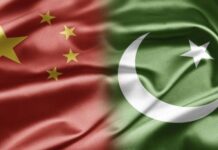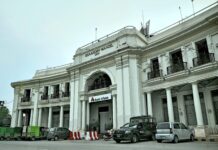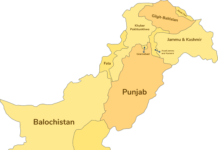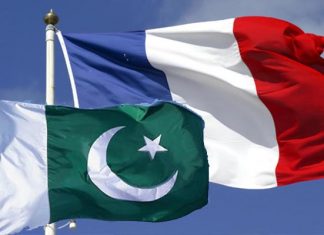Pakistan’s industrial sector showed tentative signs of recovery in July-August period, with the Quantum Index of Large-Scale Manufacturing (LSM) rising 4.44% year-on-year, according to provisional data from the Pakistan Bureau of Statistics (PBS). The increase was only marginal in the month of August alone, clocking at 0.54%.
However, on a month-on-month basis, output contracted by 2.75%. The YoY uptick was primarily led by a surge in automobile production, cement output, and select consumer goods.
In sectoral terms, automobile manufacturing recorded a dramatic rebound in the Jul-Aug period of 90.4% year-on-year, reflecting base effects from last year’s industry slump when import restrictions and inventory shortages crippled assembly lines. Within the category, car production rose 95%, while truck output more than doubled, underscoring improved parts availability, change in consumer preferences and a gradual normalisation of supply chains.
The cement sector also expanded 18.65% YoY, supported by stronger construction activity. The turnaround in non-metallic mineral products, which includes cement and glass, pushed the overall construction-related manufacturing up 17.31%, reversing last year’s double-digit contraction.
Meanwhile, textiles, Pakistan’s largest industrial segment, remained broadly stagnant, recording a decrease of 0.15%. The only saving grace was a marginal 0.31% rise in cloth output and 2.94% in yarn production. Export-oriented subsectors continued to struggle amid weak global demand and elevated energy tariffs.
On the consumer side, food and beverage production posted mixed trends. Wheat and rice milling rose 9.83%, but tea blending and soft drink output declined sharply. Pharmaceuticals and chemical products also remained under pressure in the month of August, contracting by 4.59% and 0.48%, respectively both weaker than July levels.
Overall, the LSM index reached 112.04 in August FY2025, compared to 111.43 a year earlier, marking the first positive momentum since spring. While the recovery appears fragile, it suggests that the easing of import restrictions, lower inflation, and a more stable exchange rate are beginning to support industrial production.























